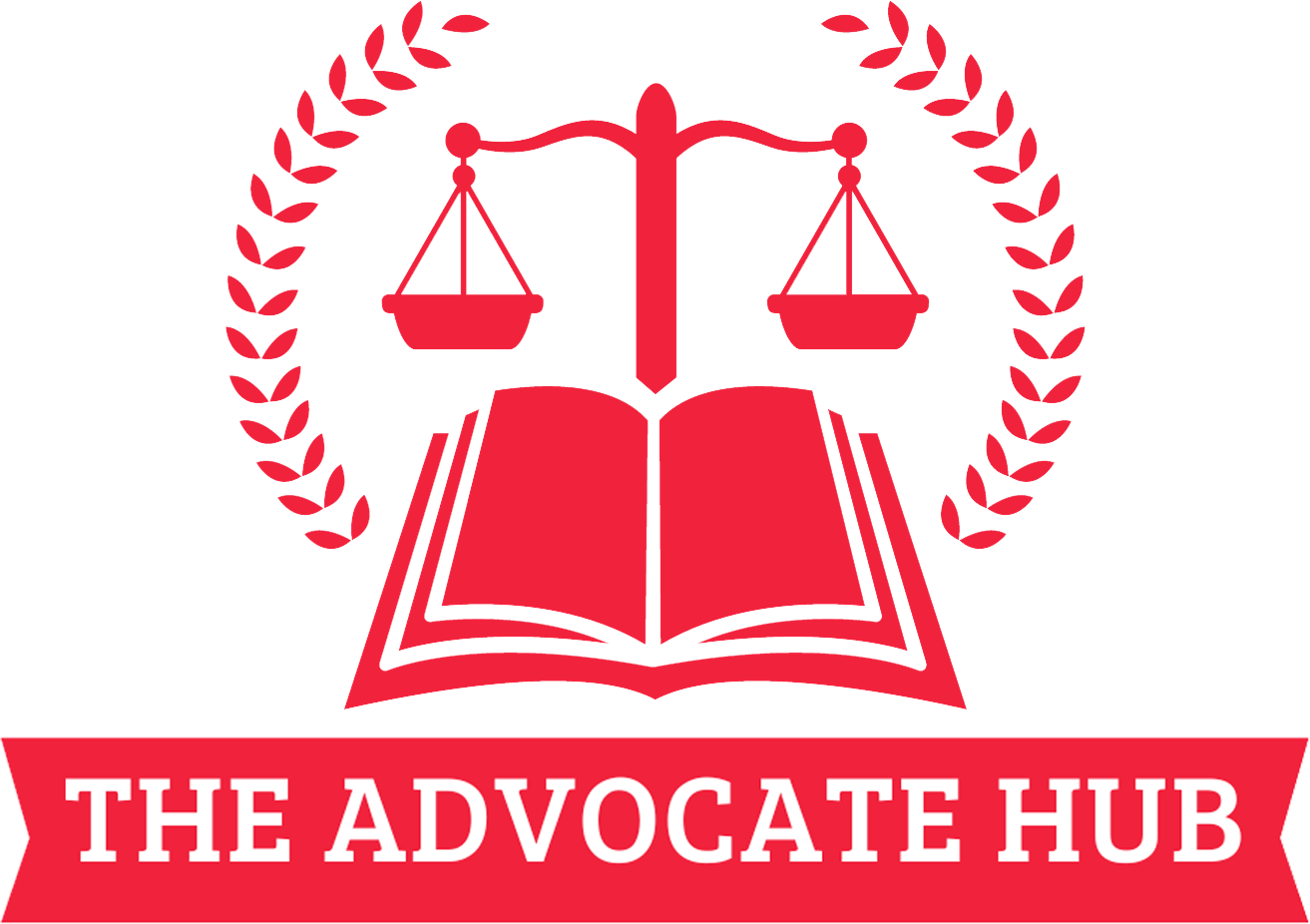Right to Equality is among the cardinal bases of human rights and constitutional jurisprudence to ensure equal treatment to everyone irrespective of their caste, colour, gender, ethnicity, etc. In case of child rights, this law plays an even stronger role as children are the most vulnerable section in the society.
The Right to Equality Handbook on Protection of Child Rights is a vital handbook to assist policymakers, teachers, lawyers, and social workers in making sure that the rights of children are protected.
This paper will assist in examining its strengths, limitations, and the wider implications of equality within child protection.
Understanding the Right to Equality in Child Rights
Equality is a prime fundamental embedded within different international regimes, such as the United Nations Convention on the Rights of the Child (UNCRC), stipulating that any child, regardless of race, gender, religion, disability, or economic means, should receive equal and just treatment.
Key Principles of Equality in Child Rights
Non-Discrimination: No child should face exclusion based on gender, caste, religion, disability, or socioeconomic background.
Equal Access to Education: Ensuring that all children receive quality education without bias or prejudice.
Protection from Exploitation: Safeguarding children from labour, abuse, and trafficking, irrespective of their background.
Inclusion of Marginalised Communities: Special provisions for children from minority groups, tribal populations, and those with disabilities.
Strengths of the Right to Equality Manual
The Right to Equality Handbook for Protection of Child Rights presents some benefits in methodology towards children’s well-being. Among the notable strengths are:
Guidance for Policymakers and Educators
One of the advantages of the guide is the systematic method of helping legislators and teachers develop child-centred policies. It provides means for creating inclusive classrooms, motivating teachers to avoid discrimination, and support a good atmosphere.
Protection of Vulnerable Groups
The book provides exhaustive recommendations on how children in disadvantaged groups are to have their needs fulfilled. The book acknowledges institutional inequities and suggests affirmative action for equalising educational, medical, and judicial opportunities.
Role of Law Enforcement and Judiciary
The guidebook is a source of reference for the courts and law enforcement to deal with abuses of children’s rights. It suggests measures for taking quick legal action against violators and establishing child-friendly courts.
Limitations and Challenges
Lack of Strong Monitoring Mechanisms
The effectiveness of the handbook depends on processes monitoring compliance. Especially in regions with high social hierarchies, lack of enforcement allows discrimination to continue.
Insufficient Awareness Among Stakeholders
For the manual to achieve its objectives, stakeholders such as teachers, parents, social workers, and law enforcers should possess adequate information about the contents and importance of the manual. Unfortunately, awareness programmes are not adequate in most areas.
Challenges in Legal Recourse for Children
Legal protections notwithstanding, procedural complexity, fear of the authorities, and insufficient child-sensitive legislation sometimes cause children to find it difficult to pursue justice. The handbook does not sufficiently explain these difficulties.
Recommendations for Strengthening the Manual
The Right to Equality Manual needs to be improved in a few ways:
- Enhance the execution process
- Establishing local committees to defend children’s rights
- Raising Awareness and Providing the necessary training courses for law enforcement, social workers, and educators
- Developing Stronger Legal Recourse
- Establishing kid-friendly legal aid centres to assist children in seeking justice
- Improving the emotional health of kids who experience discrimination and offering psychological support
- Promoting cooperation among governments, non-governmental organisations, and foreign organisations in order to incorporate international best practices into the Indian system
Wrap Up
From this guide, we came to know that a significant turning point in guaranteeing equal treatment for all children helps in initiating the Right to Equality Manual for Protection of Child Rights.
However, proper implementation, and monitoring is really important for its effectiveness.

